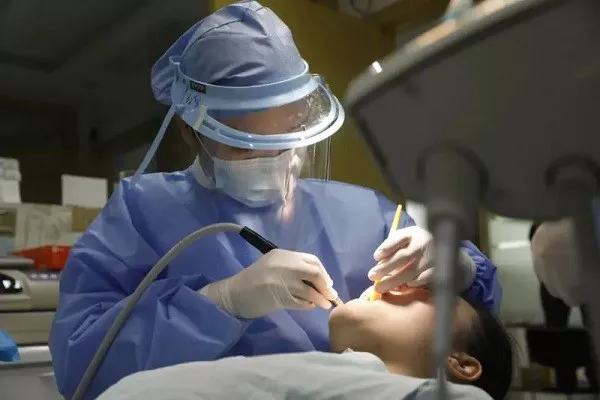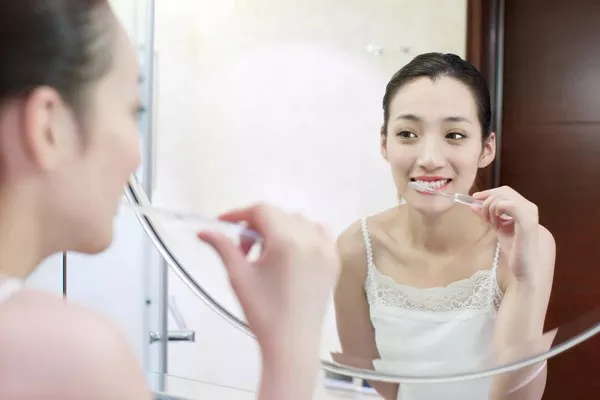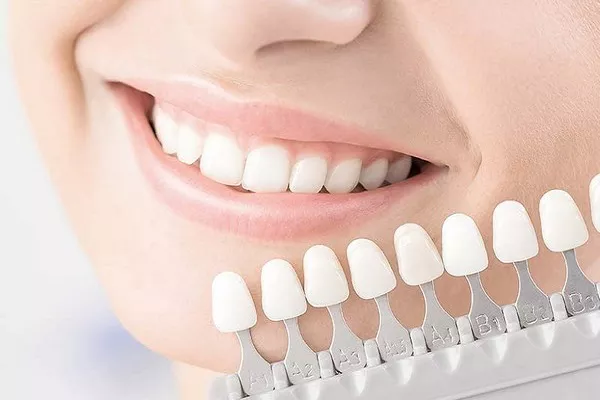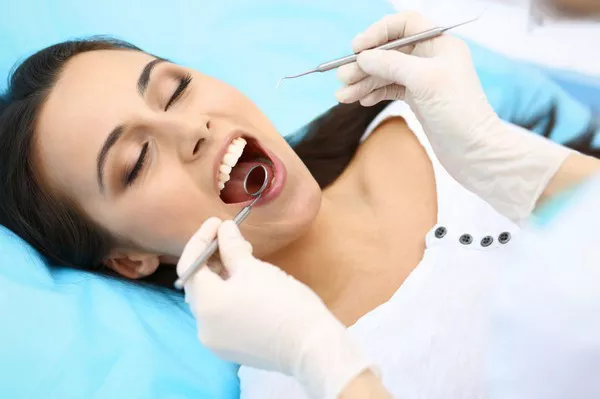Dental cleanings are a crucial aspect of maintaining optimal oral health. After a thorough cleaning session with your dental professional, it’s natural to wonder about the post-cleaning routine, especially when it comes to eating. The question that often arises is whether it’s safe to eat immediately after a dental cleaning. While the answer is generally yes, there are a few considerations to keep in mind to ensure you continue to care for your teeth and gums properly. In this article, we’ll explore the guidelines for eating after a dental cleaning, offer insights into the types of foods to choose, and address any potential concerns.
Immediate Post-Cleaning Considerations
Mouth Sensitivity:
After a dental cleaning, it’s not uncommon to experience mild sensitivity in your teeth and gums. This sensitivity may be heightened by cold or hot foods and beverages, so it’s a good idea to wait a bit before consuming extremely hot or cold items.
Hydration:
Staying hydrated is essential for your overall health, including your oral health. Drinking water after a dental cleaning is perfectly fine and can help rinse away any lingering cleaning agents or debris.
Follow Oral Hygiene Guidelines:
After a dental cleaning, it’s important to maintain proper oral hygiene practices. Brush your teeth gently with fluoride toothpaste and floss carefully to remove any remaining particles from the cleaning process.
Eating After a Dental Cleaning
Timing:
In most cases, you can eat immediately after a dental cleaning. However, it’s a good idea to wait at least 30 minutes to an hour after the cleaning to allow any post-cleaning sensitivity to subside.
Choose Soft Foods:
If you’re concerned about sensitivity, consider opting for softer foods that are less likely to cause discomfort. Foods like yogurt, smoothies, mashed potatoes, and cooked vegetables are gentle on your teeth and gums.
Avoid Staining Foods:
If your dental cleaning included polishing to remove surface stains, you might want to avoid consuming foods and beverages that could potentially cause new staining. This includes dark-colored drinks like coffee, tea, and red wine immediately after the cleaning.
Stay Nutrient-Rich:
While there’s no specific restriction on the types of foods you can eat after a dental cleaning, it’s advisable to choose nutrient-rich options that support your overall health, including your oral health. Fresh fruits, vegetables, lean proteins, and whole grains are excellent choices.
Rinse if Necessary:
If you’re concerned about particles from your meal getting stuck in your teeth, consider rinsing your mouth with water after eating. This can help remove any leftover food particles and promote oral hygiene.
Addressing Specific Concerns
Sensitivity:
If you experience heightened sensitivity after a dental cleaning, it’s best to avoid extremely cold or hot foods. Opt for lukewarm or room temperature foods and beverages to minimize discomfort.
Gum Irritation:
If your gums are slightly irritated after a cleaning, choose softer foods that won’t exacerbate the issue. Avoid crunchy or hard foods that could potentially cause additional discomfort.
Dental Procedures:
If your dental cleaning was part of a larger dental procedure, your dentist may provide specific post-procedure dietary guidelines. Follow their recommendations to ensure optimal healing and recovery.
Conclusion
Eating after a dental cleaning is generally safe, and you can resume your regular diet with a few considerations in mind. Allow a short period of time for any post-cleaning sensitivity to subside, opt for softer foods if needed, and prioritize nutrient-rich options that support your oral and overall health. It’s also important to continue your regular oral hygiene routine, including gentle brushing and flossing, to maintain the results of your cleaning and promote ongoing oral health. By making mindful food choices and practicing proper oral hygiene, you can enjoy the benefits of a clean and healthy smile long after your dental cleaning appointment.
Related Topics:
































